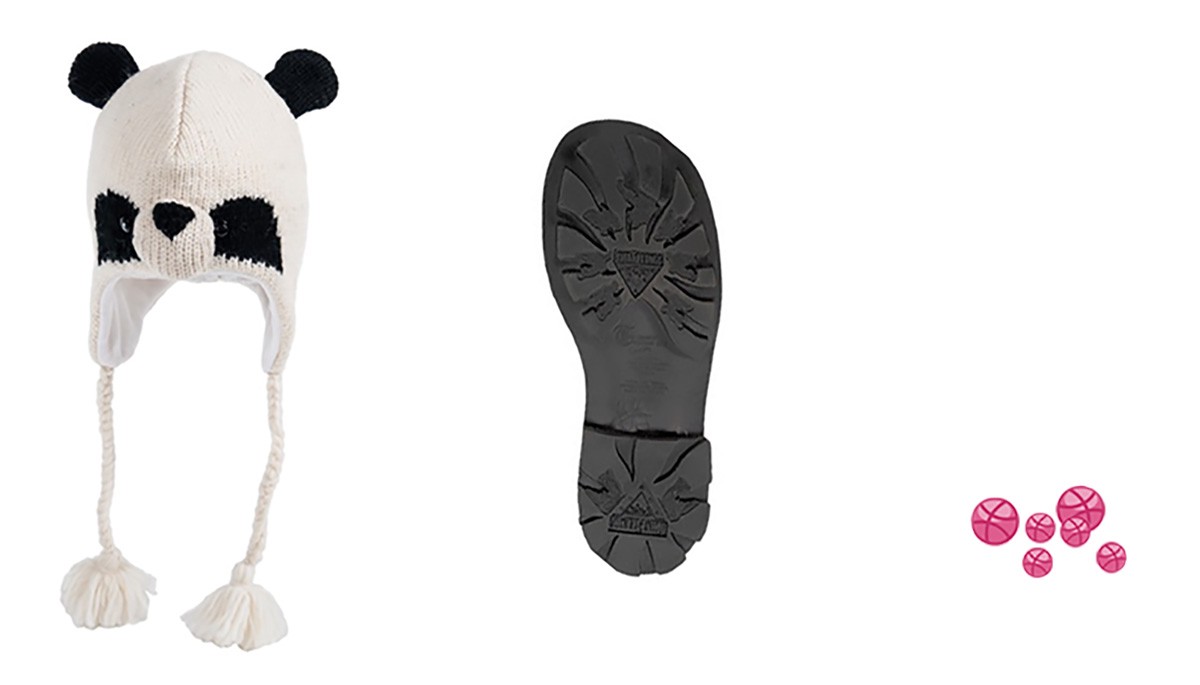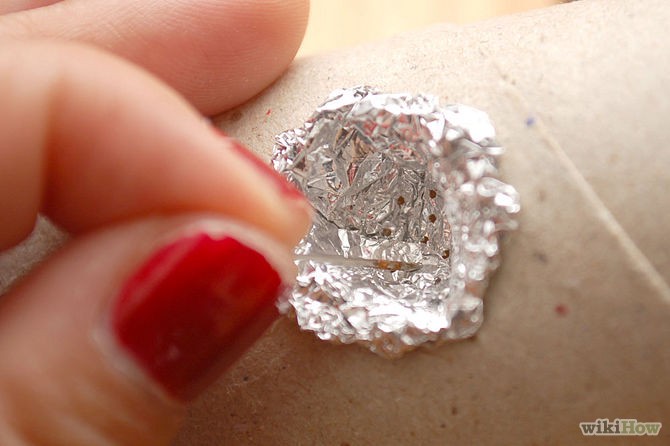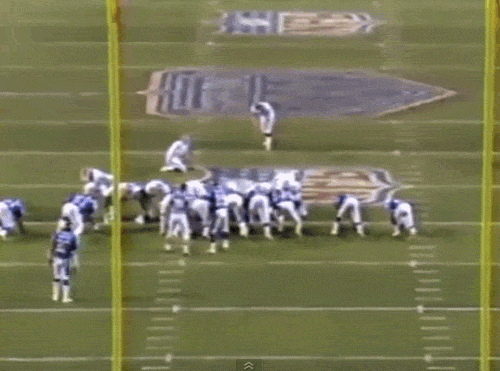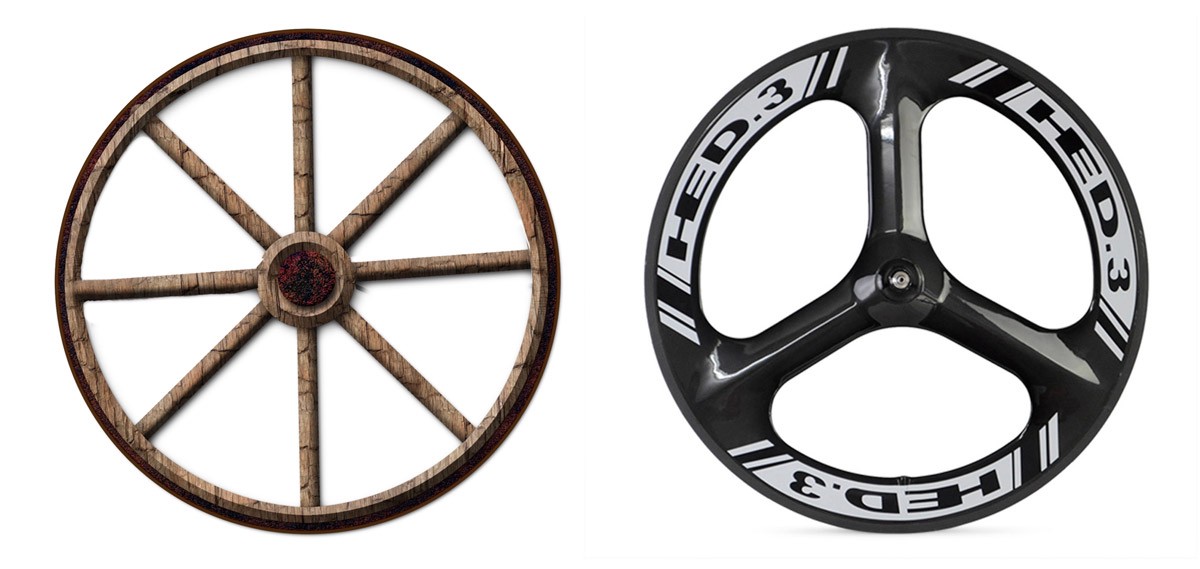Who is a designer?

Add creativity
Let me tell you a beautiful story. Perhaps you have been living in such a world for a long time, in which case you are just lucky. This story takes place in a beautiful remote corner, where the deep blue sky, the ocean of opportunities chromakey, trees with candy, expiring inspiration, and graceful dances surrounding you, performed by exotic muses to the techno sounds of the surrounding jungle. Mmm.
This beautiful world exists without alarm clocks. After all, creativity requires enough sleep. You come to work whenever you want, bypassing and passing through the nodoods, planning your ugly meetings before 11 am inch monitor, clicking on the pop-up Slack-notifications in anticipation of the arrival of inspiration.
And there is already lunch.

')
In the beautiful myth you are the so-called " creative ". You are very lucky. Because while everyone else is burdened by requirements, metrics, testing, and so many other mathematical and natural sciences, you are a miracle of magic ( or magic, if you are goth ). Studying all these basic aspects will only interfere with your creativity process. Your work is born from within.
But of course, the story is infinitely interesting, as long as we do not face a little problem . Imagine a strict boss? Now let's imagine that he is standing in front of our table now, holding in his hands a printout of your composition, inserted in PowerPoint, on which obvious changes that you have not implemented are highlighted. Because it was the latter that were agreed upon at meetings that you have not attended so much.
Magic will not save you from superiors. It's time to stop being a “ creative ”, and finally become a designer, taking lunch with you and starting to interact with the rest of the team.

Why is this myth so badly affected?
The myth of the magic of creativity is alive and well, and even moderately well-fed. It is equally ingrained by both the designers themselves and the people who work with them. This myth is detrimental, reducing the work of the designer to the level of pixel-pusher , decorator, and someone else who feels "the path to success ." The magic creative, expected at the level of instinct, ultimately represents the release of bones for good luck, instead of a methodical process that can be repeated over and over.
In turn, a wonderful myth makes you simply unbearable. No one likes an employee who works by his own rules by inserting sticks into the team’s work wheel.

It also makes life difficult for other designers (like me) who do their work. I love my job, and I don’t like people who complicate this process unnecessarily. But every time a client asks just “ blue sky ”, for example, or says that he does not want to “stifle my creativity”, I need to spend time to suppress the magic creative in me. ( Fortunately, I look more like a drover than some kind of magical character, but, alas, you can suffer more with your attractiveness ).
Designers require honest feedback and real criticism; in an area where colleagues or customers are worried about the oppression of the magic spirit of such a number will not work. Shiny fog approval of the project will not allow.
So who is this designer really? Let's find out.
The designer solves the problem within the constraints.
All of these restrictions are often associated with the forms of materials available (lack of wood, a small printing press, or connections throughput), with the audience for which the solution is intended (children, poorly savvy web users, users speaking other languages), with business requirements ( corporate identity, real relationships with suppliers, Satan in our logo ).

What other difficulties might there be? For example, how you design yourself as a designer . If you solve a problem by creating a chair, sitting in which for 5 hours you will not be sick of a fifth point, you are a furniture designer. If you are 16 and you have an empty roll of toilet paper in one hand and a piece of foil in the other, you are an industrial designer . Since you picked up this book with a brown cover, we will empower you with the skills of a web designer, who I am. Therefore, when at the end of the book I will give examples or go into details - all this will be connected with the prospect of web design. If you are a designer of a different direction, I am sure you can easily understand something from the above, just abstract everything in your own way, applicable to your particular field .
The designer understands the goals.
Do you help any business project to rise from scratch, or just make additional changes to an existing product? Perhaps you are working somewhere between these two states of a project, but nevertheless any task must have an ultimate goal.
The first thing you should do when developing a design for something is to ask yourself the question: “Why are we doing this?”. If the answer is not clear, or incomprehensible to you, or you cannot answer it, then you cannot create anything. Stop your sketches. Can you help identify these goals? If so, then act. (Yes, this is part of your work. All that helps you in your work is part of your work) How? Let's continue.

Designer collects information
Who are we designing for? How will our project be used? Does our customer need this at all? What backend technologies does our client have? What new technology is the client ready to try? Who else has tried this technology, and has its use led to success?
Once you have set specific goals, you need to gather as much information as possible to make sure that you are developing a solution that fully meets your goals. You just can’t start designing until you’ve done enough research on the "foot". Just like, for example, you will not build a house without first resorting to the help of surveyors.
Designer's work begins long before the first pixel is deposited and ends only when the last one is in place.
The designer puts things in order.
In the end, all this information must be used to create something new. Ideas and requirements become artifacts and systems. This part of the work most people will refer to the "design", because it is in sight, and contains images. You can do this work even with headphones.
The designer creates new forms.
This is also fun. Successful design is in balance between familiar forms, terms, interactions and novelty - new forms that delight users, in the hope that the latter will live in the community a little longer and maybe buy them a trinket here and not elsewhere. As long as you remember them, these forms should serve business goals, otherwise they will remain just new .

Designer communicates with customers and stakeholders.
No matter how good your job is, if you can't sell it, it's not finished . I can not express the importance of this moment, because I have often come across the fact that some designers delegate this work to a customer-oriented manager or art director. In my field of vision, there were also such moments when the designer himself was not given the opportunity to sell his work, which could really go straight from the studio. Selling your work directly to customers is essential. You should be able to explain not only why you made this decision, but also get first-hand feedback on where the project should go next.
How often do you come back to work with changes with which you not only disagree, but simply do not understand the latter? And all this you will learn from the " third mouth " that the client said, or even worse, there is no explanation why the client asks to make these changes.
After you are ready to take responsibility for the sale of your work (and I, very purposefully using the word " sale ", rather than " presentation "), only then can you call yourself a designer. And get a loan for the good work you have done.
Designer - Gatekeeper
At the moment when you finish reading this book in the coming days, I would like you to immediately take up the book Victor Papanek: Design for the Real World, the essence of which I would formulate as follows: “You are responsible for the work introduced to this world. "

Carefully choose the projects for which you undertake. Choose something that can make the world a better place before you find it. Improve things for people. This does not mean that you need to work on enthusiasm or exclusively on projects from the “mission of the organization ” series. Most commercial projects and services improve the lives of people in a broad and narrow sense. Just make sure that there is at least some sense in what you do, without taking into account the simple use of a niche. Defend the interests of the one who ultimately buys your product, will use or study what you have developed.
We have limited resources, whether natural, financial or educational, so don’t force people to spend them on all sorts of nonsense.
You can do more than you think. And you are a branch in a large pedigree tree of designers who are fighting for their own, and are seeking to be respected and listened to. These designers include: Victor Papanek, Tibor Kalman, Ray and Charles Ames, William Caslon, Paula Sher, Zuzana Licko, Jeffrey Zeldman himself. A designer not only can change this world, he must do it. This is the best job in the whole world. So let's do it right.
Finally
Your toolkit must contain an entry point (goal setting, material research), development (creation of things), and exit point (sale of these projects). Designer's work begins long before the first pixel is deposited and ends only when the last one is in place. Of course, you can not lead the entire design process, or some part of it: throughout your career you will work in large teams or not, or perhaps you can go on a lonely voyage. But even when you are not involved in any stage of the design, make sure that you are treated with respect. The more you know, the better you will do your work. Do not wait until you are asked for it.
Source: https://habr.com/ru/post/265315/
All Articles